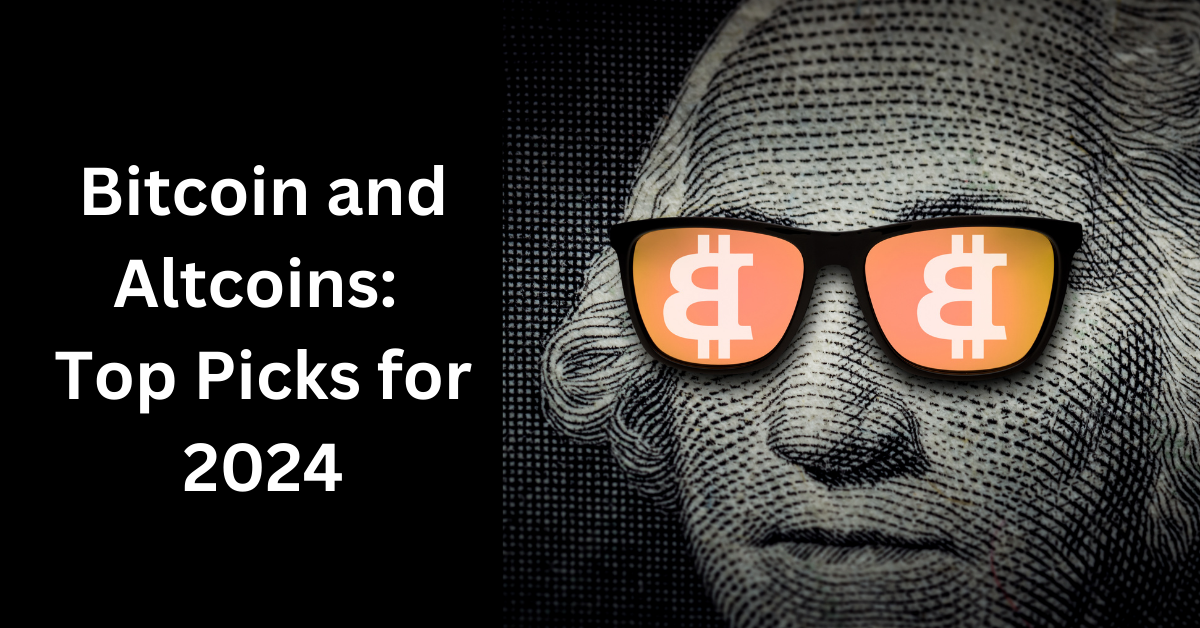As the world of cryptocurrency continues to evolve at a rapid pace, it’s crucial for investors and enthusiasts to stay informed about the latest trends and developments in the market. From price volatility and market fluctuations to the rise of alternative coins, there are a myriad of factors shaping the current landscape. In this blog post, we’ll delve into the role of decentralized finance (DeFi) in shaping the future, the regulatory outlook for navigating uncertainty, tokenization trends unlocking new possibilities, and the opportunities and risks presented by the rise of altcoins. Stay tuned for an in-depth exploration of these key topics in the cryptocurrency world.
Price Volatility and Market Fluctuations
The world of cryptocurrency is notorious for its price volatility and market fluctuations. As a decentralized and relatively new asset class, cryptocurrencies are known for their dramatic price swings, often making headlines with their rapid and unpredictable movements. This high level of volatility can present both opportunities and risks for investors, traders, and businesses involved in the cryptocurrency space.
Price volatility refers to the degree of variation in the price of a cryptocurrency over a certain period of time. This can be influenced by a variety of factors such as market demand, speculative trading, regulatory developments, and macroeconomic trends. Cryptocurrency markets are known for being particularly susceptible to sudden and large price swings, often driven by market sentiment and the actions of large investors or “whales”.
Market fluctuations, on the other hand, refer to the overall movement of cryptocurrency prices within a specific market. These fluctuations can be affected by a wide range of factors including technological developments, adoption rates, changes in investor sentiment, and geopolitical events. Understanding and analyzing these market fluctuations is crucial for investors and traders looking to make informed decisions in the cryptocurrency space.
DeFi’s Role in Shaping the Future
Decentralized Finance, or DeFi, has been a hot topic in the cryptocurrency and blockchain space in recent years. It refers to the movement that aims to create an open-source, permissionless, and transparent financial service ecosystem that is available to everyone and operates without a central authority. The concept of DeFi has gained significant traction, with the total value locked in DeFi protocols surpassing billions of dollars.
One of the key aspects of DeFi is its potential to disrupt traditional financial systems and empower individuals by providing access to financial services without the need for traditional banks or financial intermediaries. This could be particularly impactful in regions with limited access to banking services, where DeFi could provide a low-cost alternative for financial transactions and lending.
Furthermore, DeFi has the potential to revolutionize various financial services, including lending, borrowing, trading, and asset management. Through smart contracts and blockchain technology, DeFi platforms can automate and streamline these processes, reducing the need for middlemen and ultimately lowering costs for users. With the rise of decentralized exchanges, decentralized stablecoins, and other innovative financial products, DeFi is reshaping the landscape of finance.
Regulatory Outlook: Navigating Uncertainty
As the cryptocurrency market continues to evolve, regulatory uncertainty has become a major concern for investors and industry participants. The constantly changing legal landscape has led to confusion and anxiety for many, as they try to navigate the complex web of regulations governing digital assets. In this blog post, we will explore the current regulatory outlook for cryptocurrencies and discuss how industry players can best position themselves in the face of this uncertainty.
One of the biggest challenges in the cryptocurrency space is the lack of uniformity in regulations across different jurisdictions. While some countries have embraced digital assets and established clear legal frameworks for their use, others have taken a more cautious approach, creating a patchwork of conflicting regulations that can be difficult to navigate. This lack of consistency has made it challenging for businesses to operate globally and has created barriers to widespread adoption of cryptocurrencies.
Despite these challenges, there have been recent developments that suggest a more favorable regulatory environment may be on the horizon. Regulators are beginning to recognize the potential of blockchain technology and digital assets, and are taking steps to provide more clarity and certainty for industry participants. By staying informed and engaging with regulators, businesses can help shape the regulatory landscape and ensure that the industry continues to grow and thrive.
Tokenization Trends: Unlocking New Possibilities
Tokenization is a process that is rapidly gaining traction in the financial industry. It involves converting rights to an asset into a digital token on a blockchain. This can represent anything from real estate to fine art, and the potential applications are vast. By enabling fractional ownership and streamlining transactions, tokenization has the power to unlock new possibilities in investment and finance.
One of the key advantages of tokenization is its ability to democratize access to investment opportunities. By breaking down assets into smaller units, a larger pool of investors can participate in the ownership of high-value assets that were previously out of reach. This can lead to increased liquidity in traditionally illiquid markets, as well as a more inclusive financial landscape.
Furthermore, tokenization has the potential to reduce the complexities and costs associated with traditional asset transactions. By automating processes such as compliance checks and asset transfers, tokenization can streamline the issuing and trading of assets. This not only increases efficiency, but also reduces the friction involved in accessing and managing assets, thus opening up new frontiers in finance.
The Rise of Altcoins: Opportunities and Risks
Altcoins, or alternative cryptocurrencies to Bitcoin, have been gaining traction in the digital asset market. These coins offer a range of opportunities for investors, as well as presenting certain risks. As the popularity of altcoins continues to rise, it is important for individuals to understand the potential benefits and drawbacks associated with these digital assets.
One of the key opportunities presented by altcoins is the potential for high returns on investment. Many altcoins have experienced significant price growth, providing early investors with substantial profits. Additionally, altcoins offer diversification benefits for cryptocurrency portfolios, as they often have different use cases and technological features compared to Bitcoin.
However, it’s important to note that altcoins also come with a number of risks. Due to their relatively low market capitalization and trading volume, altcoins are more susceptible to price volatility and market fluctuations. Furthermore, the lack of regulation and oversight in the altcoin market makes it vulnerable to fraud and manipulation.
 Crypto Journal: Analyses, News, and Developments – Coin Chronicle Platform Coin Chronicle is your go-to source in the dynamic world of cryptocurrencies.
Crypto Journal: Analyses, News, and Developments – Coin Chronicle Platform Coin Chronicle is your go-to source in the dynamic world of cryptocurrencies.



